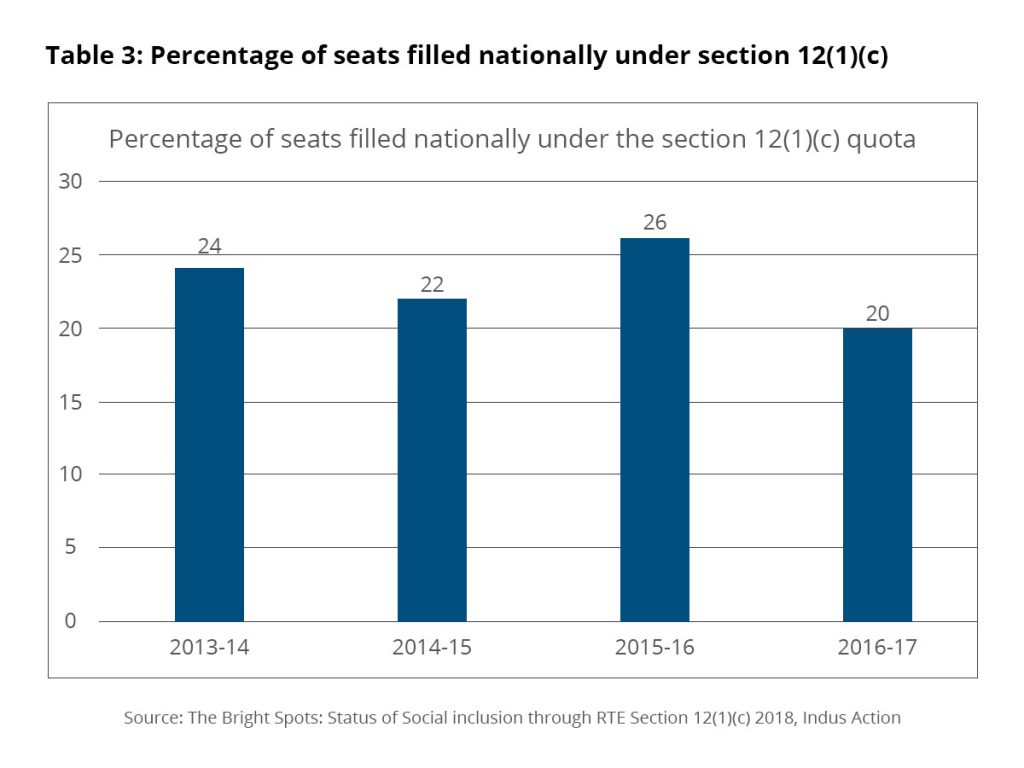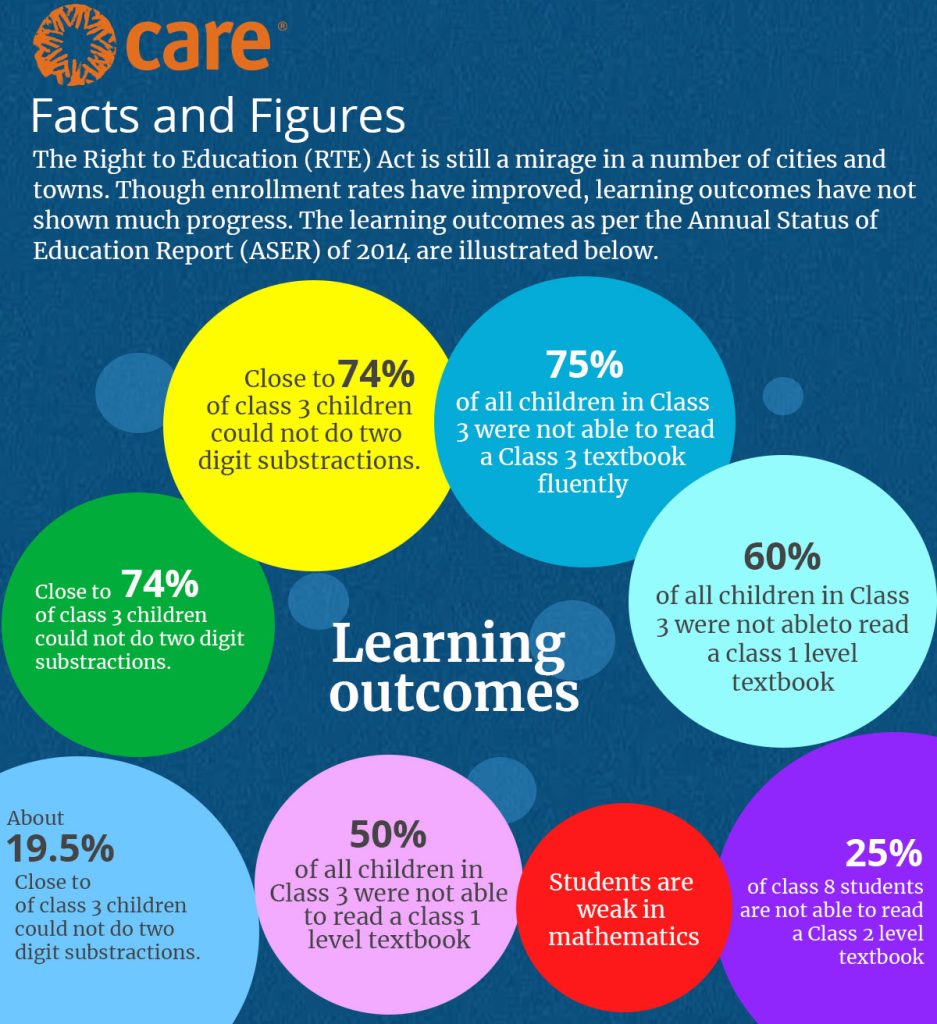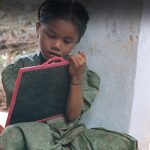EDUCATION
The Parliament of India enacted the Right To Education Act 2009 to grapple with the downward spiral of the education system and poor learning outcomes. The act aims towards providing free and compulsory elementary education to kids between the age group of 6 years to 14 years. The Indian government wants every Indian child to get a quality education, irrespective of gender, caste, creed, and family income.
The RTE Act was enacted on 4 August 2009, and since its inception, we have seen a lot of changes in the enrolment levels, equitable access, literacy rates of states and education standards. Let us look at the impact of the right to education act and the important statistics you need to know.
What Is RTE Act 2009?
The enactment of the Right to Education Act under Article 21a of the Indian Constitution was a major move to change the failing landscape of education in India. Education is one of the most powerful tools to uplift a nation and equip children with essential skills. According to a report by UNESCO, 159 countries around the world guarantee free education for 9 years or more and India is now a part of the list.
Important points to remember:
- The act came into effect on 1 April 2010 and it clearly states education is a fundamental right of every child.
- All private schools must keep 25% of seats reserved for children belonging to weaker sections of society.
- Unrecognized schools cannot interview a child or the parent for admission.
- No child pursuing elementary education shall be held back, expelled, or asked to pass a board examination.
- The RTE act 2009 offers provisions for students who dropped out of school.
- Schools are not allowed to charge any capitation fee at any step while giving admission to a child.
- All government and aided schools should create a School Management Committee composed of 75 percent members as parents or guardians.
Importance of Education
Why are 159 countries focusing on improving and providing quality education to their citizens? Since our Independence, Indian governments have worked on various educational policies and financial interventions. Education is a key concern for all political parties, NGOs and society. But why? Let us find out.
- Education provides opportunities for career development and stability in life.
- A college degree and knowledge of your subjects increase your chances of getting higher-paying jobs resulting in financial security.
- Access to quality education reduces the gaps between social classes and uplifts the marginalized sections of society.
- Education reduces crime and makes our society more peaceful as educated individuals are less likely to participate in criminal activities.
- Education improves critical thinking and analytical skills.
- Quality education is one of the most important tools for gaining confidence and expressing your thoughts, perspectives, feelings, or ideas.
Impact of Right to Education Act 2009 on India Education System
Increase in Enrolment in the Upper Primary Levels
The Right to Education act is responsible for increasing the enrolment rate in classes 6 to 8, also known as upper primary classes. As per the data published by the District Information System of Education, between 2009 and 2016, students enrolling in upper primary classes increased by 19.4 percent.
Table 1: Percentage increase in enrolment in the upper primary levels
| Year | No. of students enrolled in class VI-VIII(upper primary) | Year-on-year increase (in%) |
|---|---|---|
| 2007-08 | 50,911,110 | NA |
| 2009-10 | 54,467,415 | 6.5 |
| 2010-12 | 61,955,154 | 12 |
| 2013-14 | 66,471,219 | 6.8 |
| 2015-16 | 67,593,727 | 1.7 |
Source: District Information System of Education
Odisha, Andhra Pradesh, Bihar, Uttar Pradesh and Rajasthan show a steady increase in enrolment numbers in upper primary grades.
| State | Percentage Increase In Enrolment |
|---|---|
| Bihar | 6.5 |
| Uttar Pradesh | 1.1 |
| Rajasthan | 4.5 |
However, the enrolment numbers for the same are on a downward trend for Madhya Pradesh, Assam and West Bengal
Table 2b: Percentage Decrease in Enrolment of Students in the Upper Primary Section(2014-2016, Bottom Three States)
| Name of State | Percentage Increase In Enrolment |
|---|---|
| Madhya Pradesh | 2.7 |
| Assam | 5.1 |
| West Bengal | 1.5 |
Improved Infrastructure Norms
The RTE Act Section 19 clearly specifies these norms:
- Maintain a teacher–student ratio of 1:30.
- All recognized schools must have ramps for students with disabilities.
- Clean drinking water facilities on the school premises.
- Playground for students.
According to the data published by the District Information System of Education, only 13% of all schools are fully equipped to comply with the RTE norms.
The lack of funds and poor management are the two major challenges that need to be resolved quickly. School administrators need to make the best use of the available resources, especially in the rural areas.
25% Quota under the Right to Education Act
One of the primary goals of the RTE Act 2009 is to ensure that every child in India, irrespective of their caste, creed, gender and socioeconomic status, gets a quality education. We have moved from policy-level decisions to creating an environment that promotes education as a fundamental right and a legal obligation of states.
RTE Act 2009 Section 12(1)(c) states that all schools must reserve at least 25% of their seats for children from marginalized and financially backward sections of society.
25-percent reservation strives for social integration of economically weaker sections (EWS) and disadvantaged groups (DG). The school premises should be a neutral place that welcomes all children to learn and grow together.
The central government reimburses the schools for all students that get admission because of the 25% quota.

State-wise variations in the number of admissions under the RTE Act 2009 Section 12(1)(c) are still a big hurdle. For example, Madhya Pradesh filled 88.2 percent of the quota seats while Andhra Pradesh could only fill 0.21 percent. The disparity in the numbers is due to variable state budgets, policy interventions, families’ socioeconomic status, awareness and ease of the process.
“For instance, in 2013-14, Madhya Pradesh had a fill rate of 88.2 percent and Rajasthan’s stood at 69.3 percent. The performance of these two states was in stark contrast to that of Uttar Pradesh, for example, which had a fill rate of 3.62 percent, and Andhra Pradesh with 0.21 percent.”
Criticism of the RTE Act 2009
- Discrimination towards parents and students who belong to the economically weaker sections (EWS) and disadvantaged groups (DG).
- Students have a hard time blending in with other students.
- Lack of confidence in government schools
- Local authorities cannot keep track of children who can benefit from the RTE Act 2009 Section 12(1)(c), and therefore they cannot seek out children for admission.
- First-generation students are unable to out the form and miss out on admissions. For example, nearly 33% of applications submitted in Gujarat for admissions under the RTE act were incomplete or inaccurate.
- Private schools deny admissions as they do not get reimbursed on time.
- Some parents were asked to pay for the application or donate money for the admissions.
- Delays in the admissions process result in students dropping out of the program or not getting admission on time.
Other Significant Government Policies that have shaped Indian Education System
- 1950 Constitutional Mandate
- National Policy of Education 1986
- Shri Unnikrishnan judgment 1993
- Mid-day Meal Scheme 1995
- Education Ministers’ Resolve 1998
- Sarva Shiksha Abhiyan (SSA) 2001
- Article 45
Conclusion
The Right to Education Act is one of the most important reforms in the Indian education system and it has a cascading effect on students’ lives. But a number of cities, villages and towns are still lacking in implementation and management processes. While we can see an increase in the number of admissions in schools under the RTE act, learning outcomes are on a decline.
See the image below to understand the difference in learning outcomes pre and post Right to Education Act.
Note: The results shown below are averages of the data of various sampled districts.
| Pre – RTE | Post – RTE | |
|---|---|---|
| Can Read Letter | 75.9 | 59.6 |
| Can Read Word | 63.5 | 48 |
| Can Read Paragraph | 51.5 | 39.2 |
| Can Read Story | 38.3 | 29.9 |
| Can Recognise Single Digit | 75.6 | 60.8 |
| Can Recognise Double Digit | 62.8 | 48.2 |
| Can Subtract | 46.9 | 30.9 |
| Can Divide | 29.6 | 17.7 |
| Attends Government School | 62.1 | 52.5 |
| Attends Private School | 19.5 | 24.5 |
| Attends Madrasa School | 0.5 | 0.5 |
| Female Child | 43.7 | 42 |
| Number of Children | 1,932,354 | 3,318,775 |
Check the image below for more insights:

Another area of concern is the number of girls completing their secondary and higher secondary education. Here are some alarming statistics that show how serious the situation is when it comes to girls’ education in our country:
- 1.6 million girls never get the opportunity to study in a school.
- 57% of girls drop out of school before passing the 12th standard.
- Only 10.35% of girls from the ST caste complete their elementary education. This percentage goes down to 6.8% for higher secondary education.
How can you help?
At CARE India, we work with marginalized women and girls, improving their participation in the education ecosystem. We strive towards building a society that is tolerant, educated, free of poverty and treats people with dignity.
Our Girls’ Education Program (GEP) is working towards improving girls’ education and the overall development of the education system. If you want to become a part of our initiative, you can donate to CARE India.

FAQs about Right To Education Act
The Right to Education (RTE) Act ensures free and compulsory education for all children between the age of 6 years and 14 years.
RTE 2009 act has 38 sections.
The student’s age must be between 6 years to 14 years and must be a domicile of India. 25% of the seats are reserved for economically weaker sections (EWS) and disadvantaged groups (DG).
The RTE Act came into effect on 1 April 2010, making education a fundamental right.
According to the RTE quota, 25-percent seats in recognized schools are reserved for economically weaker sections (EWS) and disadvantaged groups (DG)





